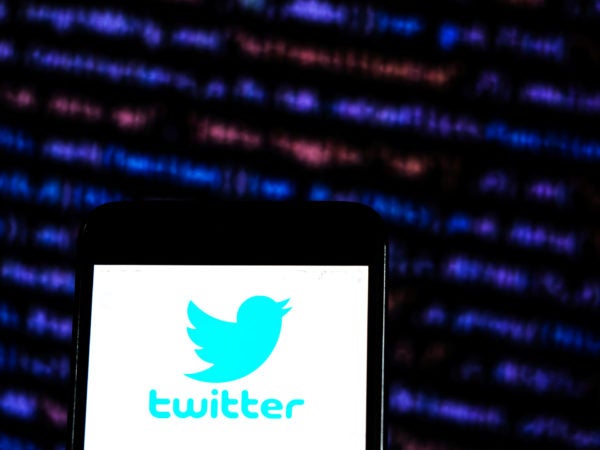
In recent years, Twitter has developed a negative association with bots, with the microblogging platform wiping out 6% of its user base by deleting tens of millions of artificial intelligence-powered accounts.
However, AI has become increasingly important to how the platform operates. Twitter has stepped up its AI capabilities in the last few years, after purchasing Magic Pony, a machine learning start-up in 2016, signalling that the company is keen to invest in this area.
In 2017 American businessman and investor Mark Cuban invested in the social media site after it “finally got [its] act together with artificial intelligence”, but how is Twitter utilising the technology?
Here’s how this is being put into practice.
AI controls what appears on your feed
In 2017, Twitter overhauled how users’ feeds are organised, by using an AI algorithm to predict which tweets users would most like to see.
By using Natural Language Processing and tweet-ranking algorithms, Twitter analyses thousands of tweets per second to predict over time what tweets users would find most interesting, and shows them first rather that displaying them in reverse chronological order to “show the best tweets first”.
How well do you really know your competitors?
Access the most comprehensive Company Profiles on the market, powered by GlobalData. Save hours of research. Gain competitive edge.

Thank you!
Your download email will arrive shortly
Not ready to buy yet? Download a free sample
We are confident about the unique quality of our Company Profiles. However, we want you to make the most beneficial decision for your business, so we offer a free sample that you can download by submitting the below form
By GlobalDataHowever, this update proved unpopular with many users. A tweet telling users how to change settings to go back to the old timeline went viral, with 40,000 likes, and many took to the platform to complain about the change.
It is now possible to switch from an algorithmic timeline back to a chronological one.
Fighting hate speech
After being criticised for not taking action to prevent the spread of hate speech on the platform, Twitter has turned to AI to help combat the issue. The sheer volume of tweets sent every day, identifying potentially harmful content is impossible without the use of AI. In 2018 Twitter CEO Jack Dorsey tweeted that he wanted the company to do more to increase “The collective health, openness, and civility of public conversation, and to hold ourselves publicly accountable towards progress.”
Twitter AI is being used to identify racist content and hate speech, or content from extremist groups, using algorithms to flag up tweets using hate speech or promoting terrorist activities.
According to the Financial Times in the first half of 2017, AI-powered bots identified and took down 300,000 terrorist-related accounts.
AI use doesn’t always go to plan
However, some of the platform’s experiments with AI have not been so successful. In 2016, Microsoft, in collaboration with Twitter, released an AI chatbot called Tay, which tweeted based on interactions with human users.
However, the chatbot was taken down after posted inflammatory and offensive tweets, mimicking right-wing internet trolls, who bombarded it with racist and sexist phrases.
Later that year Microsoft released Zo, Tay’s successor which was designed to avoid unintended inflammatory tweets. Zo now holds the record for the longest chatbot conversation, which lasted nine hours and 53 minutes.
Cropping pictures
Many ways in which AI is employed by the platform may not be immediately obvious, but instead subtly improve the user experience.
Last year, Twitter introduced a feature that uses AI to crop photos. It uses neural networks to identify the most interesting part of a photo to display as a thumbnail.







